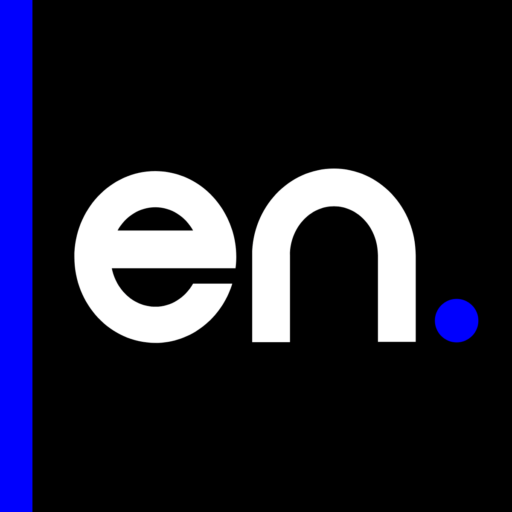At a time when Germany is turning the page on nuclear power, other countries are interested in this energy, citing energy needs and seeing it as a climatic asset, but this renewed interest has yet to materialize. State of the art of the use of the atom in the world. Post-Fukushima slowdown.
Nuclear energy currently generates 10% of the world’s electricity in 31 countries (excluding Germany), according to the International Energy Agency (IEA). The atom experienced a setback with the accident at the Fukushima plant in Japan in 2011. Germany and Switzerland then decided to abandon it, more or less gradually, while China slowed down its huge program. Italy had voted for a nuclear phase-out by referendum in 1987 after Chernobyl. Globally, the world has gone from 441 operating reactors in 2002, its maximum, to 422 by the end of 2022, according to the International Atomic Energy Agency (IAEA).
Total nuclear production returned to its highest level in 2021, but the future is uncertain: the fleet is ageing and the number of projects launched each year – 10 in 2022, half of which are in China – is far from the pace of the 1970s and 1980s. In 1976 alone, 44 constructions were launched.
Historical Champions
The United States remains the leading civilian nuclear power, with 92 reactors. Their average age is increasing (42 years) and only two are under construction. But Joe Biden believes in reaching 100% “clean” electricity by 2035 and the government intends to support the sector. France, with 56 reactors (average age 37 years), remains the most nuclearized country per capita. After deciding to reduce the size of its fleet, it is now moving towards a new program of six or even 14 reactors, the first of which will be commissioned by 2035-2037.
In the meantime, the national electricity company EDF will have to complete its new generation EPR reactor in Normandy, which is 12 years behind schedule. Great Britain, another pioneer, has nine reactors, many of which are nearing the end of their lives. It plans to build eight by 2050, but the only plant under construction, Hinkley Point C, has seen its costs soar.
Two major active countries
Today, the real super-actives in civil nuclear power are China at home and Russia for export. In the last three years, of the 25 construction sites launched worldwide (first concrete pour of the reactor), all are either in China or outside China but carried by the Russian industry, analyses the World Nuclear Industry Status Report (WNISR), a report by independent experts based on public data.
China has been inaugurating more and more units and now surpasses France with 57. Mixing Russian, French, American and Canadian technologies, it is however limited to national projects, or with Pakistan. On the other hand, Russia dominates the international market, with 25 reactors under construction: 5 in Russia and 20 in other countries (Bangladesh, Belarus, China, Egypt, India, Iran, Slovakia and Turkey). These sites were started in the years 2000, 2015 or 2018, the Egyptian in 2022. “What is new is the arrival of countries that until now had no nuclear power: Bangladesh, Egypt…”, notes Mycle Schneider, lead author of WNISR, who sees this as a Russian strategy to “create long-term interdependencies”.
Renewed interest, to be concretized
Against the backdrop of the energy crisis, linked in part to the war in Ukraine, other countries are expressing renewed interest in the atom. Belgium, which chose in 2003 to stop using nuclear power, wants to extend two reactors by ten years. Japan itself has started thinking about the possible construction of new reactors, but the task of restarting even the existing reactors is complicated and public opinion is reluctant.
For Poland, the Czech Republic or India, it is a question of reducing their dependence on coal. Others, such as Sweden and the Netherlands, have expressed an interest in nuclear power.
In this context, the IAEA has raised its projections in 2022 for the second year in a row, anticipating a more than doubling of the world’s installed nuclear capacity by 2050. But “to achieve this, many challenges must be overcome,” the Agency adds, citing “regulatory and industrial harmonization” and the need for “progress in the management of high-level radioactive waste.
Because of its cost and risks, countries as far away as New Zealand remain resolutely against nuclear power. And these differences are reflected within the European Union, in the heated debates in Brussels on support for this energy.






















